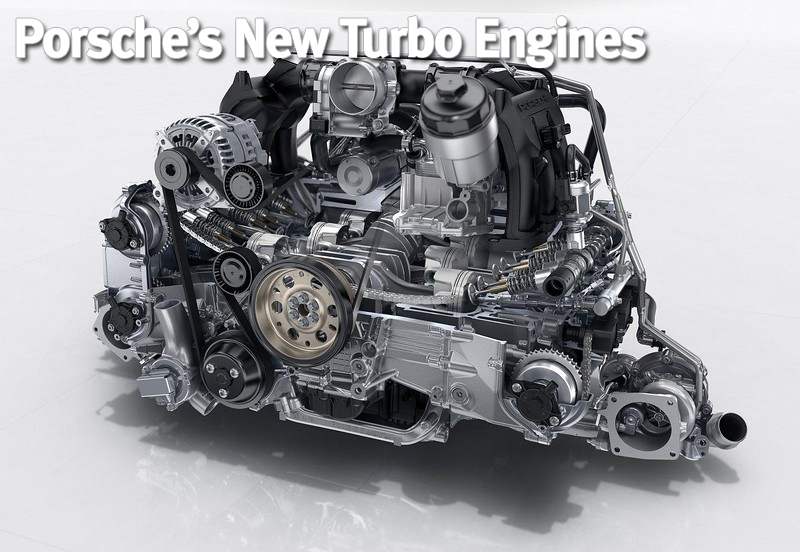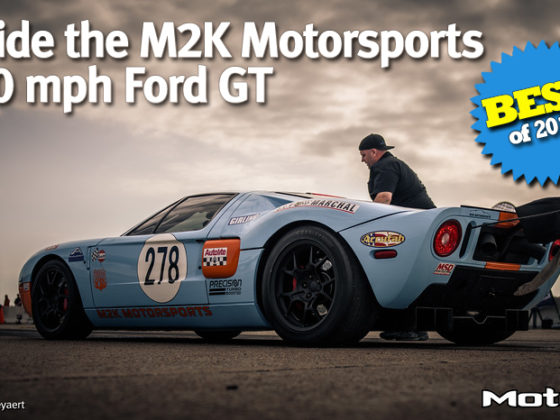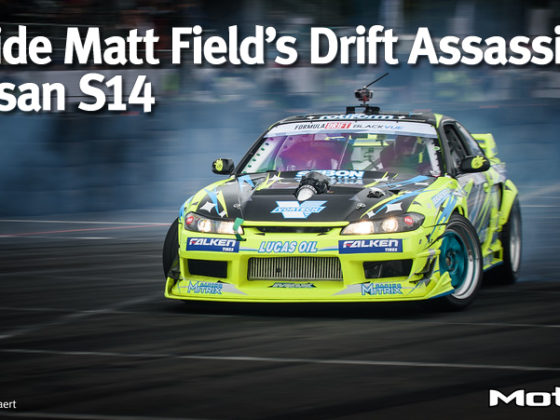,

 There is nothing particularly special about the turbos used, just your basic gasoline turbos with an internal wastegate. In a nod towards more efficiency, and therefore fuel economy and power, the turbine wheel has what’s called a full back disk where the base of the hub extends all the way out to the tips of the blades. The compromise is a bit more rotational mass. Look closely at the art illustration of the turbo above and notice they have the compressor and turbine wheels reversed. I just thought that was a bit amusing. I guess engineering wasn’t consulted by the marketing team before the illustration was released. Oh, the turbine wheel in the illustration is different too as it does not feature the full back disk but the traditional scalloped back disk.
There is nothing particularly special about the turbos used, just your basic gasoline turbos with an internal wastegate. In a nod towards more efficiency, and therefore fuel economy and power, the turbine wheel has what’s called a full back disk where the base of the hub extends all the way out to the tips of the blades. The compromise is a bit more rotational mass. Look closely at the art illustration of the turbo above and notice they have the compressor and turbine wheels reversed. I just thought that was a bit amusing. I guess engineering wasn’t consulted by the marketing team before the illustration was released. Oh, the turbine wheel in the illustration is different too as it does not feature the full back disk but the traditional scalloped back disk.While the 911 Carrera switching to smaller displacement turbo engines caused a bit of a stir, it was not hugely disruptive because turbo flat-6 engines have existed in the 911 lineup for generations. However, Porsche knew putting turbo boxer-4s in the new Boxster and Cayman was going to cause a bit of an uproar. To help mitigate the impending negativity, Porsche brought back the 718 name to remind the masses of the history of their mid-engine, boxer-4 heritage from the late 1950s. So basically, quit yer whining!
 The new boxer-4 comes in 2.0L and 2.5L displacements with a single turbo. The 2.0L makes due with a fairly standard gasoline turbo whereas the 2.5L gets the more advanced VGT (variable geometry turbine) design similar to that employed on the big daddy 911 Turbo. From the looks of it and from initial reports, the headers are likely a bit unequal length which will give a bit of the old Subaru rumble.
The new boxer-4 comes in 2.0L and 2.5L displacements with a single turbo. The 2.0L makes due with a fairly standard gasoline turbo whereas the 2.5L gets the more advanced VGT (variable geometry turbine) design similar to that employed on the big daddy 911 Turbo. From the looks of it and from initial reports, the headers are likely a bit unequal length which will give a bit of the old Subaru rumble. Because the engine is mid-mounted, it would be difficult to route air to an air-to-air intercooler. Therefore, an air-to-water intercooler is used which does create a nice and short air path from the compressor discharge of the turbo to the intake manifold. To cool the water for the air-to-water IC, it appears two heat exchangers are used with one on each side of the car and the air source being the side scoops in the bodywork. The driver side scoop also feeds air to the air filter and then turbo inlet.
Because the engine is mid-mounted, it would be difficult to route air to an air-to-air intercooler. Therefore, an air-to-water intercooler is used which does create a nice and short air path from the compressor discharge of the turbo to the intake manifold. To cool the water for the air-to-water IC, it appears two heat exchangers are used with one on each side of the car and the air source being the side scoops in the bodywork. The driver side scoop also feeds air to the air filter and then turbo inlet. Here you can see the two heat exchangers mounted up on the corners of the engine. This is looking at the engine from the rear, so the air filter/air box is on top left of the centerline of the engine and the intercooler is hidden behind the duct coming from the IC to the black plastic intake manifold. At the bottom of the engine on each side of the oil sump, you can see the two log exhaust manifolds.
Here you can see the two heat exchangers mounted up on the corners of the engine. This is looking at the engine from the rear, so the air filter/air box is on top left of the centerline of the engine and the intercooler is hidden behind the duct coming from the IC to the black plastic intake manifold. At the bottom of the engine on each side of the oil sump, you can see the two log exhaust manifolds.


